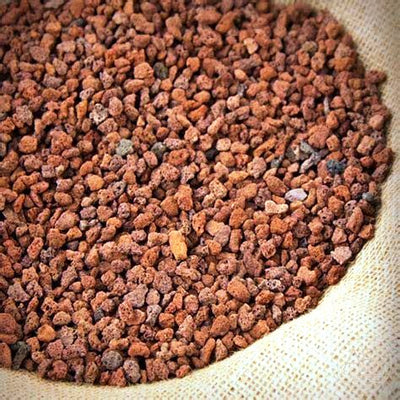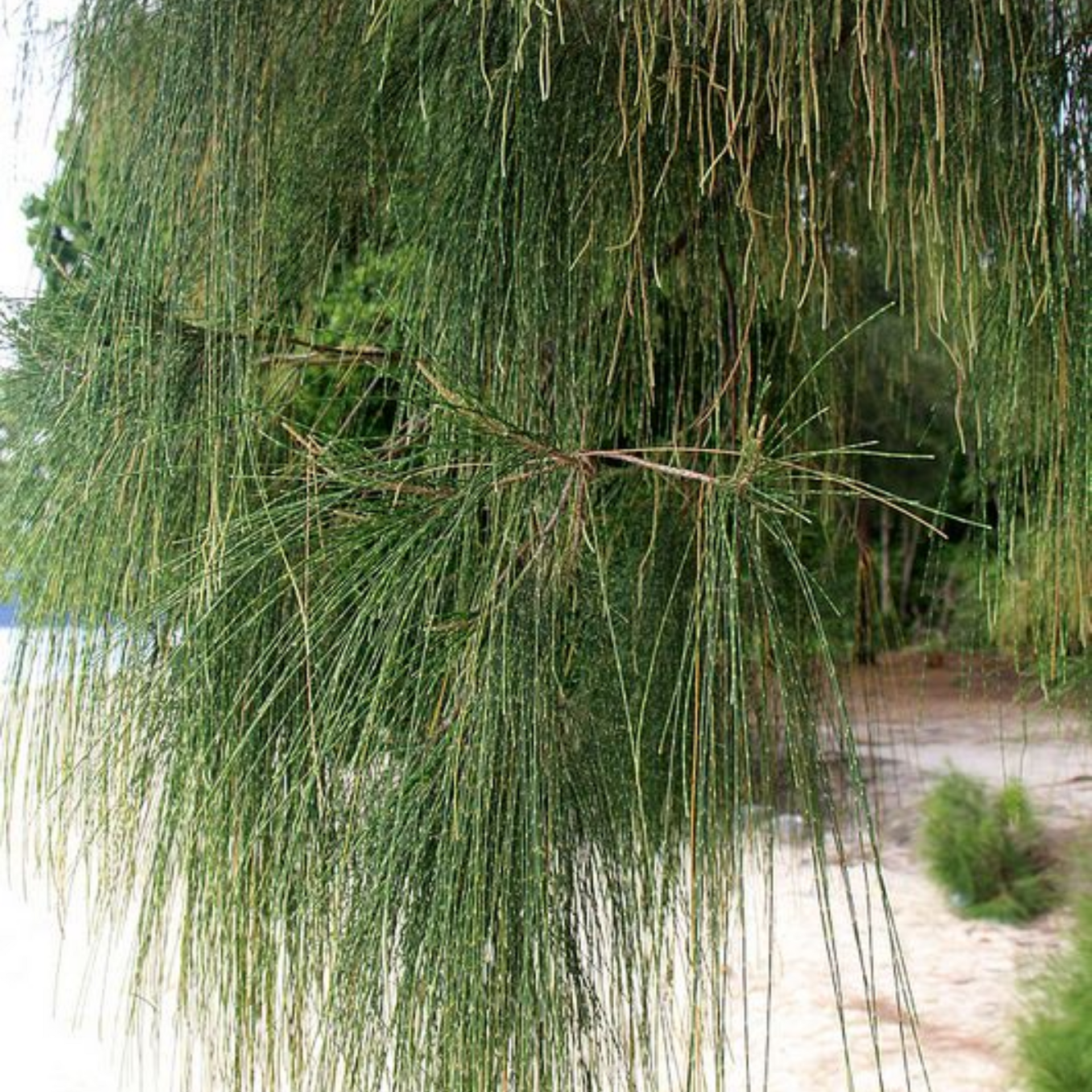
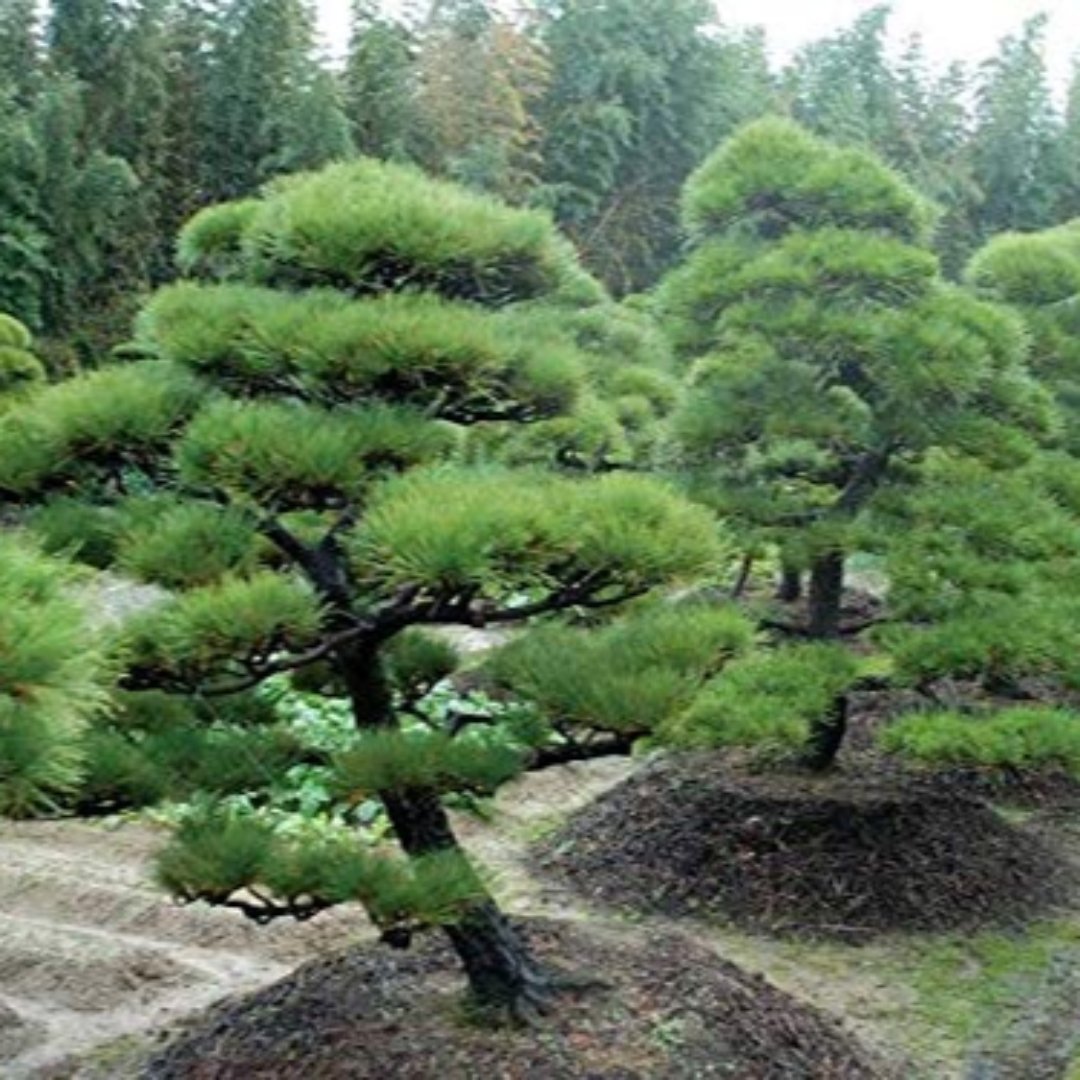
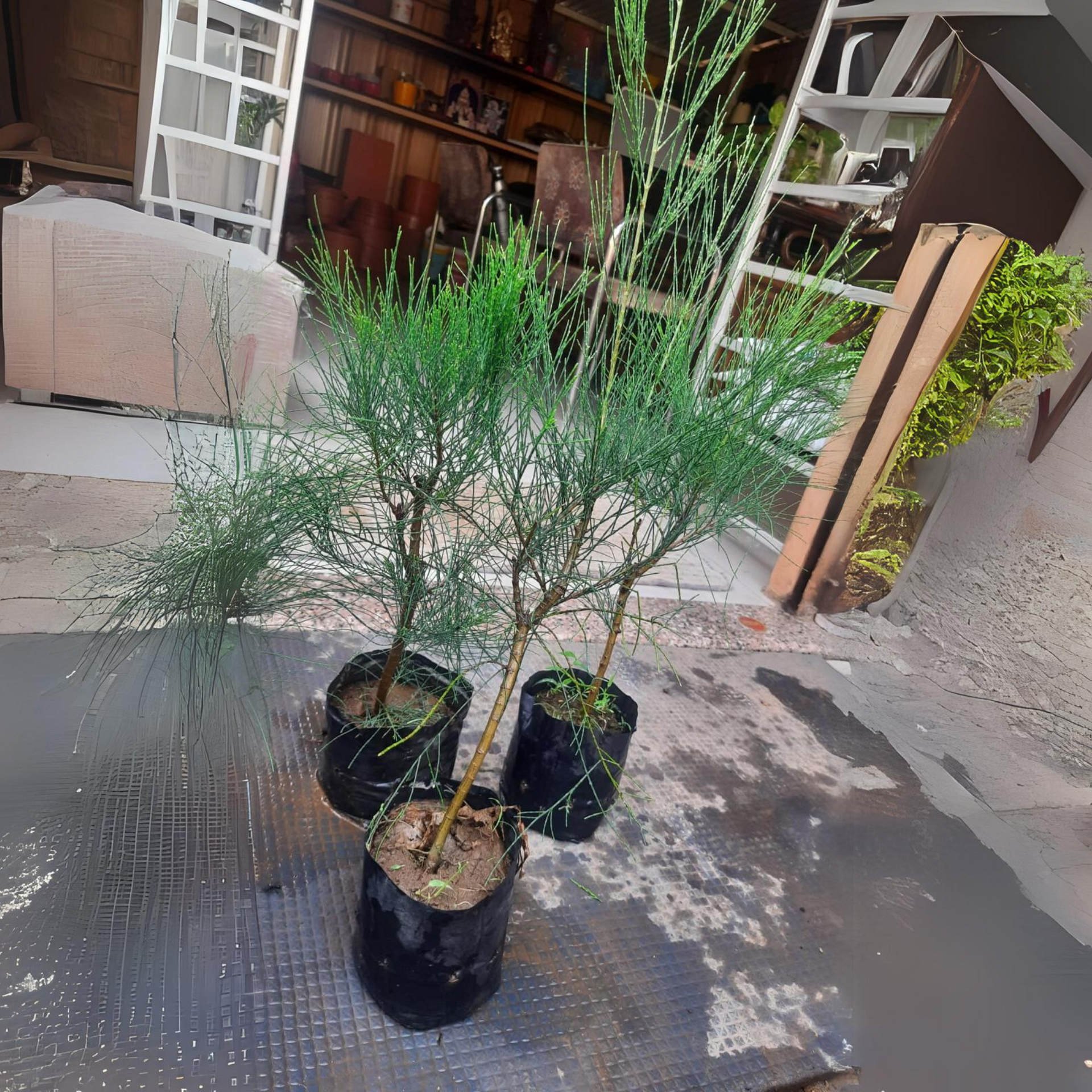
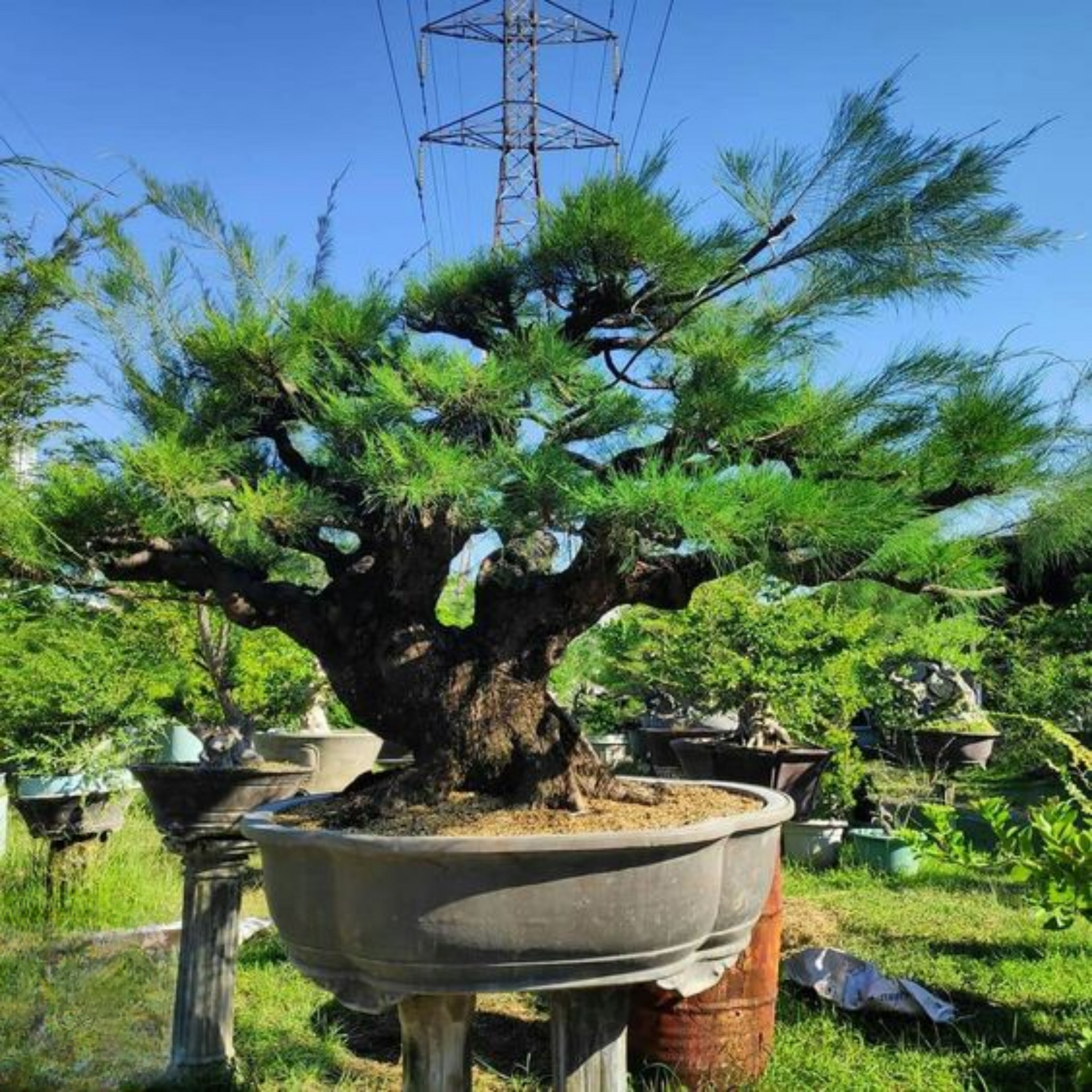
Casuarina Live Small Sapling Plant for Bonsai and Topiary 30 cm Sapling Healthy Live Plant
Rs. 499.00
Guaranteed Safe Checkout
Green Paradise Offers Beautiful
Causaurina Small Sapling Plant
About Causaurina Plant
Casuarina is a genus of trees and shrubs known for their unique appearance and ecological significance. Here's some information about the Casuarina plant:
Description:
- Casuarina trees are evergreen, woody plants belonging to the Casuarinaceae family.
- They have needle-like branchlets, which resemble the appearance of pine needles, and their thin, green to grayish-green foliage is arranged in whorls around the stems.
Habitat:
- Casuarina trees are native to Australia, Southeast Asia, and several Pacific islands.
- Due to their hardiness and adaptability, they have been introduced to many other regions worldwide, particularly in coastal areas and regions with poor soil quality.
Growth characteristics:
- Casuarina trees can grow to various sizes depending on the species, ranging from small shrubs to large trees.
- They have a relatively fast growth rate and can reach up to 15-30 meters (50-100 feet) in height.
Ecological importance:
- Casuarina trees play a crucial role in stabilizing coastal ecosystems.
- Their extensive root systems help prevent soil erosion and protect shorelines from the impact of storms and tidal forces.
- They are often planted in coastal regions to create windbreaks and reduce beach erosion.
Nitrogen-fixing ability:
- One of the remarkable features of Casuarina trees is their ability to form a symbiotic relationship with nitrogen-fixing bacteria in their root nodules.
- This enables them to convert atmospheric nitrogen into a usable form for the plant, enriching the soil with nitrogen and enhancing its fertility.
Uses:
- Casuarina wood is valued for its hardness and durability.
- It is commonly used in construction, for making furniture, and as firewood.
- Additionally, Casuarina trees are utilized for various environmental purposes, such as reforestation, sand dune stabilization, and agroforestry systems.
Invasive species concerns:
- In some regions, Casuarina species have become invasive, displacing native vegetation and altering local ecosystems.
- The ability to adapt to different environments and their rapid growth rate can contribute to their invasive behavior in some areas.
Medicinal uses:
- Some indigenous communities have used Casuarina leaves and bark for traditional medicinal purposes, primarily for the treatment of skin conditions, coughs, and colds.
It's worth noting that while Casuarina trees have numerous ecological benefits, their introduction into new areas should be done carefully to avoid potential negative impacts on native plant species and ecosystems.















